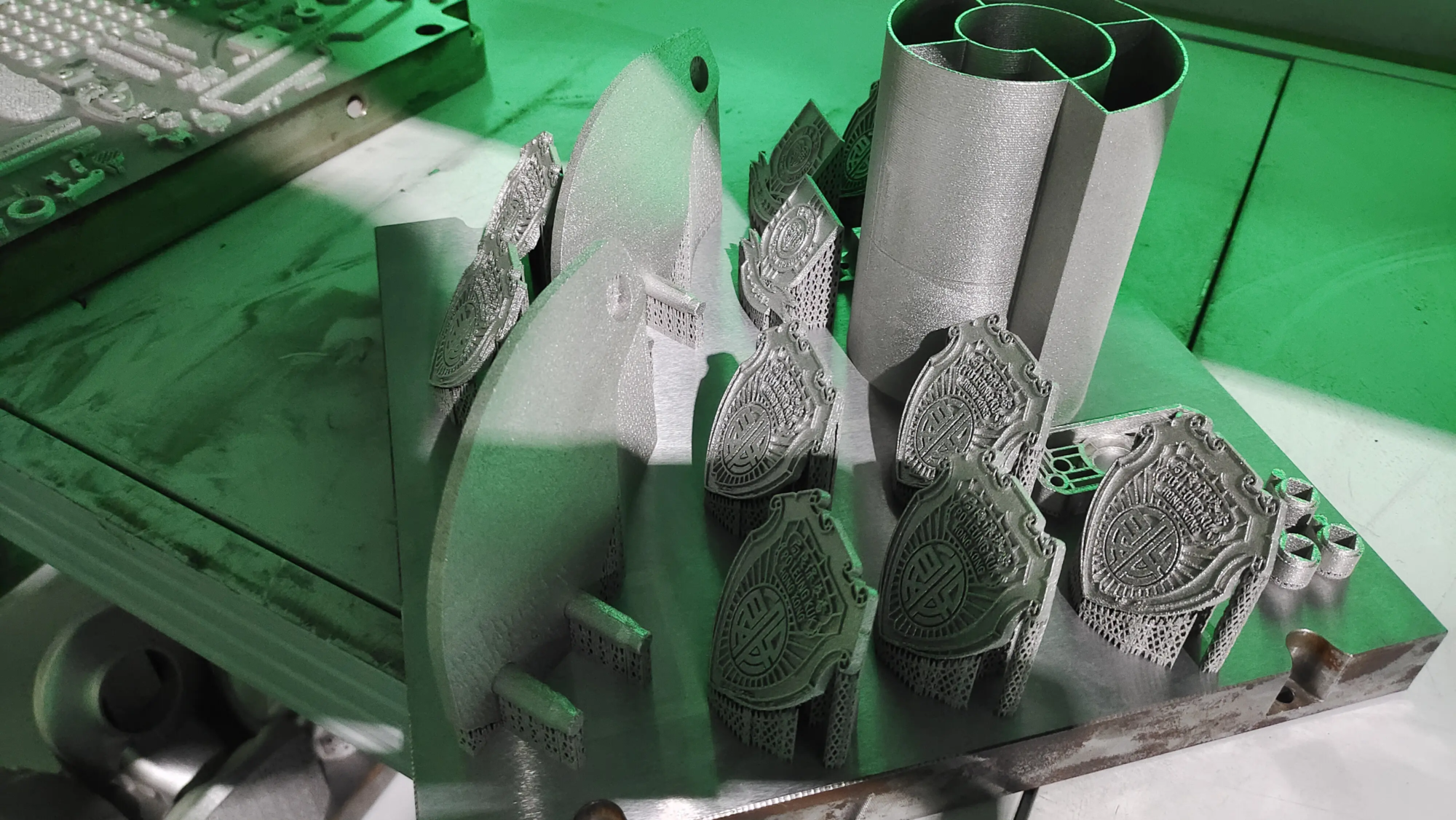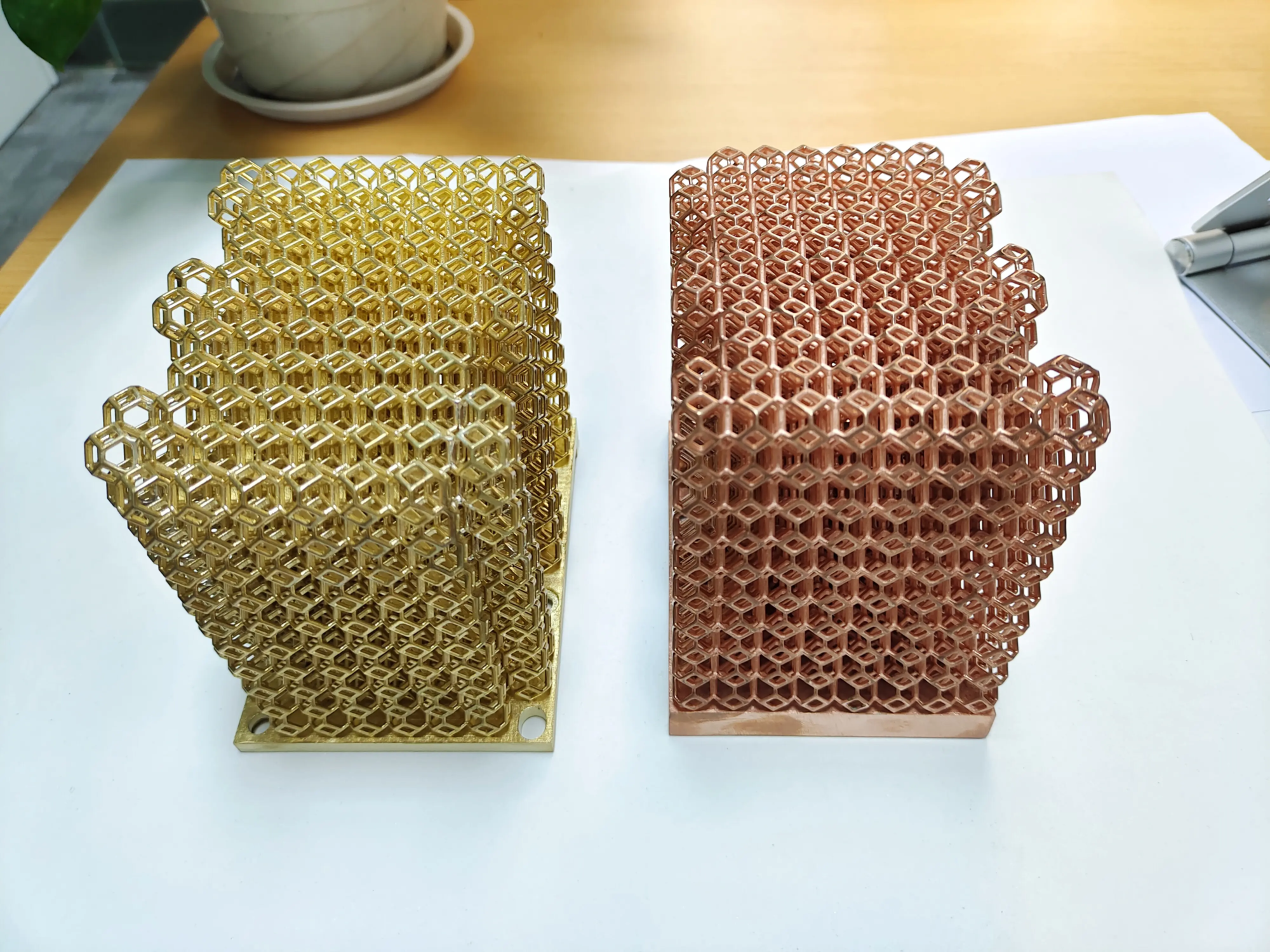A research team from TU Dortmund recently developed a new nozzle geometry for 3D printers, designed to significantly reduce the anisotropy of printed parts. This innovative technology, called “Groove Nozzle,” significantly improves the overall performance of additively manufactured parts by optimizing connections between wire bundles when printing in layers.
Currently, traditional FDM/FFF (fused deposition modeling/fused filament fabrication) printers generally use circular nozzle openings and the cross section of the extruded wire bundle is oval, which results in gaps in the printed structure and thus anisotropy in component performance. The new nozzle geometry allows the extruded material to take specific shapes, resulting in tight, seamless joints, both horizontally and vertically.
A design highlight is the integrated systemguiding devicewhich compacts newly extruded material onto adjacent or lower printed layers, virtually eliminating gaps between individual strands. At the same time, this principle also allows the use of alternating layer printing, thus expanding the design and manufacturing possibilities.
This technology brings several decisive advantages in the field of 3D printing.
First, it can significantly increase the isotropy of printed parts, making their mechanical properties more consistent in all directions. Additionally, during the printing process, the extrusion and compaction processes are carried out simultaneously, thereby improving the quality and efficiency of printing. Most importantly, the “groove nozzle” has modular modification capabilities and can be easily applied to existing FDM/FFF printers, greatly reducing modification costs. It can be widely used in existing printing equipment and has extremely high industrial promotion potential. .





